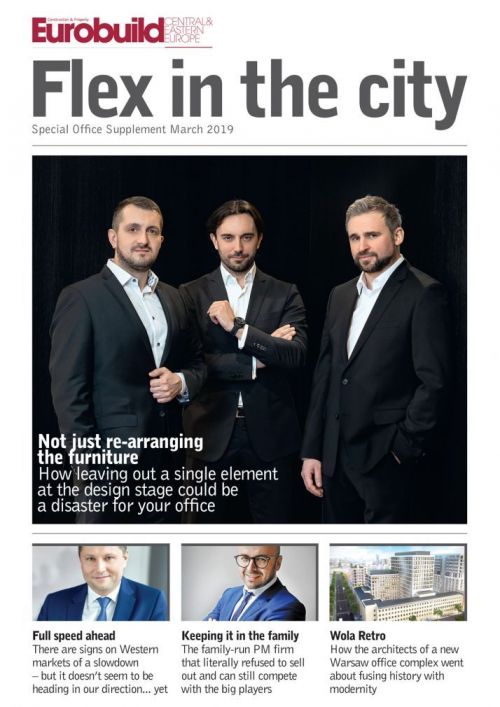A decade or so ago, access to telecommunications services in residential and commercial buildings was regulated only to a limit extent, allowing almost any kind of contract to be signed. This state of affairs had both advantages and disadvantages, the latter certainly including the freedom to select any service provider that the property owner or manager wanted, even if the tenants or residents didn’t. On many occasions, this was a closed-shop, preventing other operators, no matter what price they offered for their services, from accessing the building. However, EU regulations and subsequent amendments to the domestic law gradually put paid to that state of affairs.
New order
The legislation that became the main regulatory factor for this market was the 2010 act on supporting telecommunications services and networks (also known colloquially as ‘Megaustawa’ – the ‘Mega-Act’), which put telecommunications servicesʼ access to buildings under an orga






























































